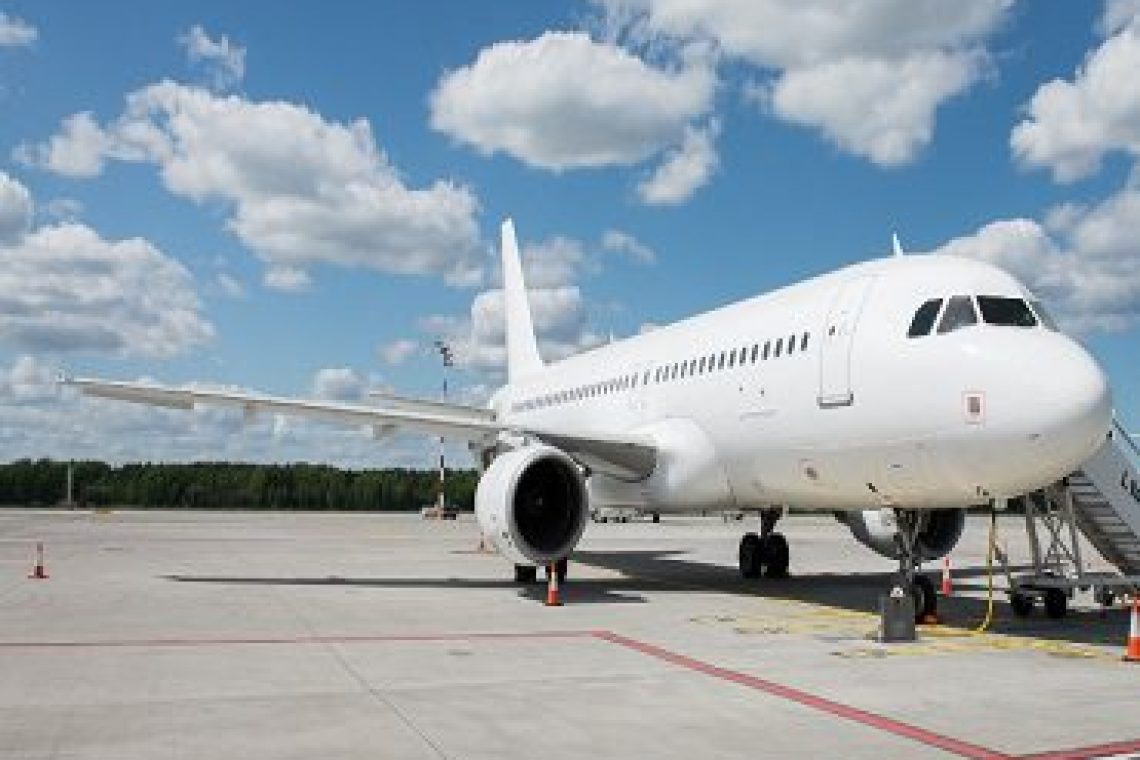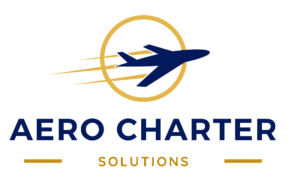In the world of aviation, ACMI (Aircraft, Crew, Maintenance, and Insurance) charter services have emerged as a versatile solution for airlines, cargo operators, and even governments. Whether it’s meeting sudden demand surges, fleet expansion without capital investment, or accessing specialized aircraft for specific missions, ACMI leasing offers a range of benefits. In this comprehensive guide, we’ll explore everything you need to know about ACMI aircraft charter, from its definition and advantages to the process involved and key considerations.
Understanding ACMI Charter
ACMI charter, also known as wet leasing, involves the complete outsourcing of an aircraft, along with its crew, maintenance, and insurance, to another operator. Unlike dry leasing, where only the aircraft is provided, ACMI leasing provides a turnkey solution, allowing the lessee to operate the aircraft as if it were their own, albeit for a limited duration.
Benefits of ACMI Charter
1. Flexibility and Scalability
ACMI charter offers airlines and operators flexibility in managing their fleet capacity. During peak seasons or unexpected demand spikes, operators can quickly lease additional aircraft to meet the increased demand without the long-term commitment of purchasing or dry leasing.
2. Cost-Effectiveness
For airlines seeking to expand their operations without significant capital investment, ACMI leasing provides a cost-effective solution. Instead of investing in new aircraft, which entails high upfront costs and long-term financial commitments, operators can lease aircraft as needed, paying only for the duration of the lease.
3. Access to Specialized Aircraft
ACMI charter enables operators to access specialized aircraft for specific missions or routes without the need for long-term ownership. Whether it’s operating flights to remote destinations, transporting oversized cargo, or conducting medical evacuation missions, operators can find suitable aircraft through ACMI leasing providers.
4. Reduced Operational Risk
By outsourcing crew, maintenance, and insurance responsibilities to the lessor, operators can reduce their operational risk. The lessor assumes responsibility for ensuring the aircraft’s airworthiness, compliance with regulations, and crew training, allowing the lessee to focus on core business activities.
The ACMI Charter Process
Step 1: Needs Assessment
The first step in ACMI chartering is assessing the operator’s needs. This includes determining the required aircraft type, capacity, range, and lease duration. Operators should also consider factors such as route networks, seasonal demand fluctuations, and regulatory requirements.
Step 2: Finding a Suitable Lessor
Once the requirements are defined, operators can begin searching for a suitable lessor. It’s essential to evaluate potential lessors based on their fleet availability, aircraft condition, reputation, and leasing terms. Operators should also consider factors such as crew qualifications, maintenance standards, and insurance coverage.
Step 3: Negotiating Terms
After identifying a potential lessor, operators enter into negotiations to finalize the lease terms. This includes agreeing on the lease duration, monthly lease rate, payment terms, insurance coverage, crew provisions, and maintenance responsibilities. It’s crucial to ensure that the lease agreement accurately reflects the parties’ obligations and expectations.
Step 4: Aircraft Delivery and Operation
Once the lease agreement is signed, the lessor delivers the aircraft to the lessee, along with the necessary crew, maintenance support, and insurance coverage. The lessee assumes operational control of the aircraft for the duration of the lease, operating it according to their schedule and route network.
Step 5: Lease Monitoring and Compliance
Throughout the lease duration, both parties monitor compliance with the lease agreement and regulatory requirements. The lessor maintains oversight of aircraft maintenance, crew training, and operational performance, while the lessee ensures timely lease payments and adherence to operating procedures.
Key Considerations for ACMI Charter
1. Regulatory Compliance
Operators must ensure that ACMI leases comply with applicable aviation regulations, including aircraft registration, air operator certificates, and crew licensing requirements.
2. Operational Support
Operators should assess the lessor’s capabilities in providing operational support, including crew training, maintenance services, and emergency response procedures.
3. Financial Stability
Operators should evaluate the lessor’s financial stability and reputation to ensure that they can fulfill their obligations under the lease agreement.
4. Insurance Coverage
Operators should verify that the ACMI lease includes comprehensive insurance coverage for the aircraft, crew, passengers, and third-party liabilities.
Conclusion
ACMI aircraft charter offers operators a flexible, cost-effective solution for meeting fluctuating demand, accessing specialized aircraft, and reducing operational risk. By outsourcing aircraft, crew, maintenance, and insurance responsibilities to a lessor, operators can focus on their core business activities while enjoying the benefits of additional capacity and operational flexibility. However, it’s essential for operators to carefully evaluate potential lessors, negotiate favorable lease terms, and monitor compliance throughout the lease duration to ensure a successful ACMI charter experience.



